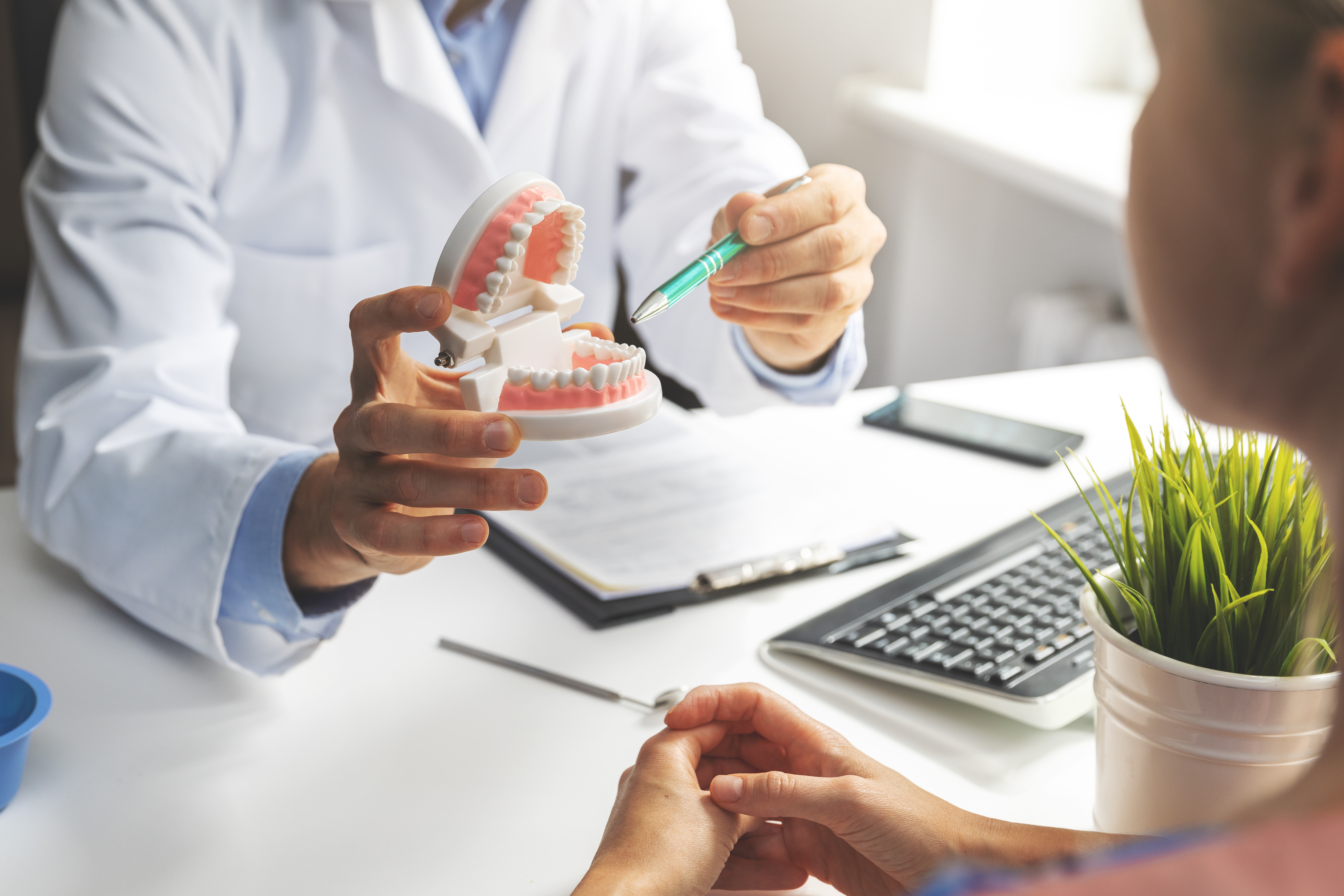Six Facts You Must Understand Before Getting Clear Aligners for Your Teeth:
Understanding these six essential facts will help you make an informed decision about clear aligners and be mentally prepared for the challenges to come along the way to a perfect and confident smile!
1. Patience is a Prerequisite!
One thing to keep in mind while selecting clear aligners is that the treatment is time-consuming. Unlike braces, which an orthodontist generally adjusts, clear aligners rely on your desire to update your aligners regularly. Each aligner pair gradually adjusts your teeth into their appropriate place, but this takes time which can vary from person to person. As a result, you need to be prepared to be patient throughout the treatment procedure.
2. Clear Aligners Need to be Worn for a Minimum of 22 Hours Daily
Clear aligners are most effective when worn for at least 22 hours each day. While this may appear to be a significant time commitment, it is essential to the success of your therapy. Keep in mind that the more often you wear your aligners, the faster and more effectively your teeth will straighten. So, make sure you are ready to wear your aligners every day for the recommended time. To fulfill this commitment, you must remember to wear your aligner after eating anything.
3. Minor Pain Can Persist for the First Few Days
When you first start using clear aligners for teeth, you may experience some pain. Your teeth may feel slightly uncomfortable as they adjust to the pressure imposed by the aligners. But don’t worry. This ache is usually moderate and should fade away within a few days. However, if the pain persists or becomes terrible, you should consult your orthodontist.
4. A Minor Lisp is Normal
One of the minor side effects of wearing clear aligners is a temporary change in your voice. Some patients may suffer a slight lisp or difficulty pronouncing specific words during the first few days of wearing aligners. Remember, this is usually temporary, and your speech will return to normal as you adjust to the aligners.
5. Proper Oral Hygiene is Non-negotiable
Maintaining good oral hygiene is critical during your clear aligner treatment. Remove your aligners before eating or drinking anything other than water to avoid discoloration and germ development. Additionally, keep your smile aligners clean by frequently using a soft toothbrush and mild soap or the cleaning solution that was recommended by your orthodontist.
6. Treatment Does Not End With Clear Aligners
Clear aligners are an excellent way to get a more even smile, but they are not the end of the treatment procedure. In most cases, you will need to wear a retainer after completing the aligner process to keep your teeth in their newly aligned position. This is an essential step in avoiding relapses and guaranteeing your orthodontic treatment’s long-term success.
Smile aligners are a convenient and inconspicuous option for most people who are looking to straighten their teeth. However, before you get clear aligners, you must be aware of these key considerations: wear your aligners for the recommended time each day and maintain proper oral hygiene.
Also, patience is the key to getting through the minor lisp, pain, or discomfort for the first few days. Don’t try to rush the process – complete your aligner treatment with the retainers to achieve perfect and long-term results. Understanding and embracing these critical aspects can help you achieve the best results and maintain a confident, appealing smile for years to come.
This article was written for WHN by Dr. Patel, who is an orthodontist and maintains a private practice in Rome, NY. He completed his undergraduate education at the Ohio State University. Then, he earned his Doctorate in Dental Medicine from the University of Pennsylvania School of Dental Medicine in Philadelphia. After earning his doctorate, Dr Patel attended a three-year, dual-degree residency at Columbia University in New York City. Here, he earned his certificate in Orthodontics and Dentofacial Orthopaedics as well as earning a Master’s in Oral Biology. During his time off, Dr Patel likes to stay active by jogging, biking, and hiking.
As with anything you read on the internet, this article should not be construed as medical advice; please talk to your doctor or primary care provider before changing your wellness routine. This article is not intended to provide a medical diagnosis, recommendation, treatment, or endorsement. These statements have not been evaluated by the Food and Drug Administration.
Opinion Disclaimer: The views and opinions expressed in this article are those of the author and do not necessarily reflect the official policy of WHN/A4M. Any content provided by guest authors is of their own opinion and is not intended to malign any religion, ethic group, club, organization, company, individual, or anyone or anything.
Content may be edited for style and length.
References/Sources/Materials provided by:
https://centralparknorthorthodontics.com/blog/what-is-invisalign/
https://onlinelibrary.wiley.com/doi/epdf/10.1111/adj.12480
https://journals.sagepub.com/doi/pdf/10.1179/1465313315Y.0000000004
https://onlinelibrary.wiley.com/doi/full/10.1111/adj.12480
https://onlinelibrary.wiley.com/doi/full/10.1111/adj.12480
https://onlinelibrary.wiley.com/doi/full/10.1111/adj.12480
https://www.ajodo.org/article/S0889-5406(13)01051-2/fulltext




